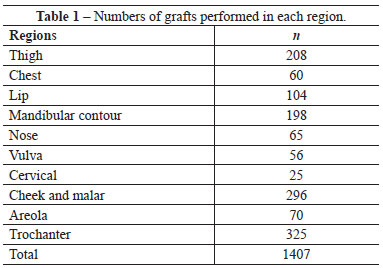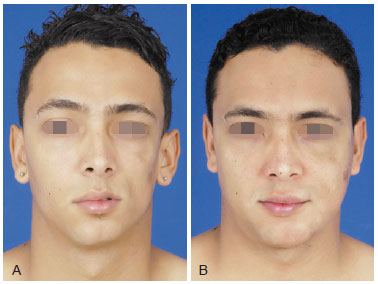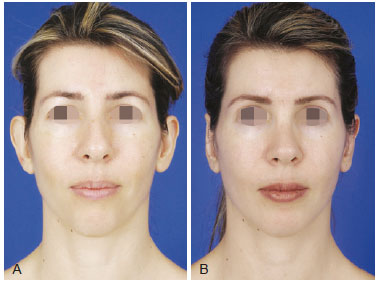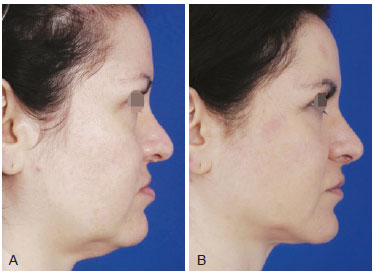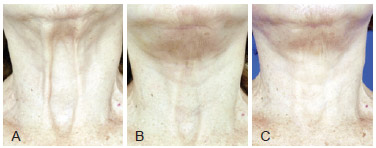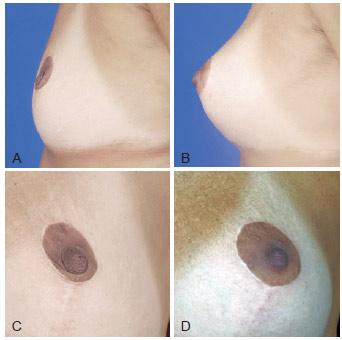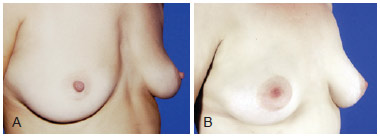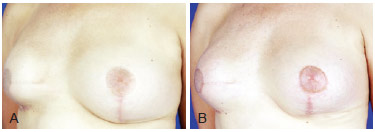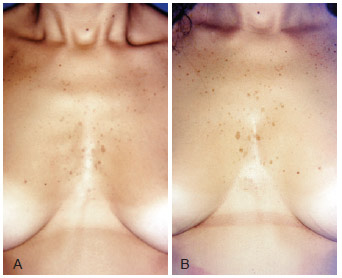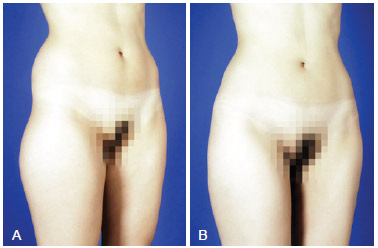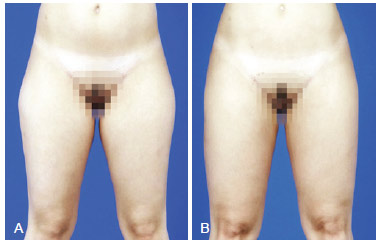ABSTRACT
BACKGROUND: Body contouring has recently assumed an important role in body aesthetics. Liposuction in combination with free transplantation of adipose tissue is critical in such procedures. This study assessed the results of fat grafts implanted in unusual sites.
METHOD: Over the past 21 years, the authors have performed 4,405 adipose tissue grafting procedures; 1,407 were classified as transfers to unusual sites. The technique used is based on histological studies and is thoroughly described, including obtaining, preparation, implantation, and postoperative care. The viability of the transplanted tissue was assessed by photographic documentation, a patient questionnaire, and clinical assessment.
RESULTS: Part of the transplanted tissue was viable in 100% of cases. The percent volume that remained in the implanted site was approximately 40% of the grafted tissue. The possibility of a late increase in transplanted adipose tissue volume was considered; such changes may be associated with a lack of genetic control in the mesenchymal stem cells present in the adipose tissue.
CONCLUSIONS: Free transplants of adipose tissue in this series exhibited clinical and percent-wise progress in terms of viability, similar to grafting performed at other sites. A viability of approximately 40% of grafted adipose tissue was possible because of the care taken throughout the procedure.
Keywords: Autogenous fat grafting. Fat grafting. Fat tissue grafting in low habitual sites.


